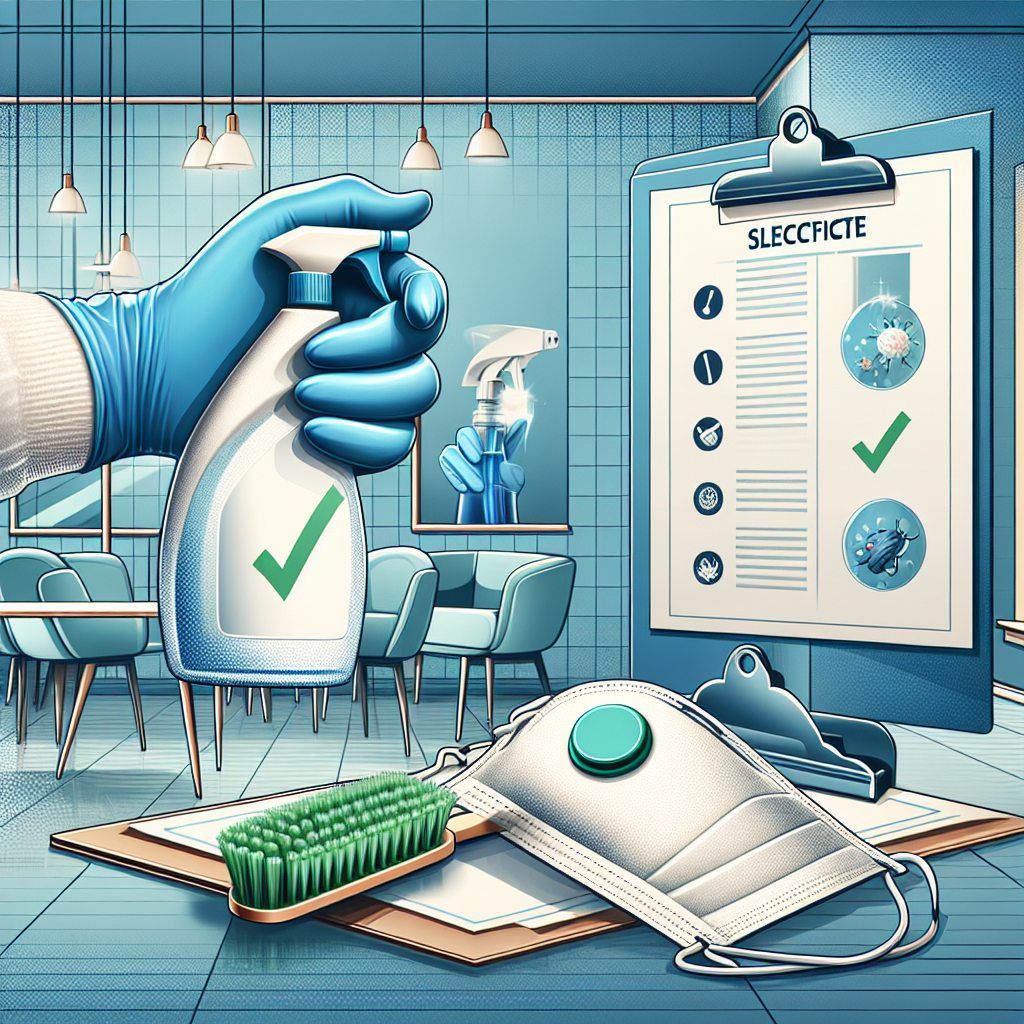In today’s world, maintaining a clean and sanitized environment is more vital than ever. With a heightened awareness of germs and viruses, individuals and businesses alike are focusing on effective sanitization methods to ensure safety and health. This guide aims to help you choose the right sanitization methods for your space, whether it’s your home, office, or public area.
Understanding the Importance of Sanitization
Before diving into specific methods, it is essential to understand why sanitization matters. Regular cleaning is important for removing dirt and impurities, but sanitization goes a step further by killing germs and bacteria that could lead to illness. This is particularly crucial in high-touch areas where viruses can linger.
Benefits of Proper Sanitization
- Health Protection: Regular sanitization helps reduce the risk of infections.
- Increased Productivity: A clean workspace can improve employee morale and efficiency.
- Customer Trust: For businesses, demonstrating a commitment to cleanliness can foster customer loyalty.
Evaluating Your Space
The first step in choosing the right sanitization method is to evaluate your specific space. Consider the following factors:
Type of Space
Is it a home, an office, a gym, or a healthcare facility? Different spaces have different sanitization needs. For instance, healthcare facilities require more stringent sanitization protocols than residential homes.
Foot Traffic
High-traffic areas, like hallways and waiting rooms, need more frequent sanitization compared to private offices or bedrooms. Understanding the volume of people moving through your space will guide your cleaning schedule and methods.
Surface Materials
Different materials require different approaches. Hard surfaces like countertops can be sanitized differently than soft surfaces like upholstery. Knowing your materials will help in selecting appropriate products.
Choosing the Right Sanitization Methods
Once you have assessed your space, you can choose from several effective sanitization methods.
1. Chemical Disinfectants
Chemical disinfectants are widely used for their effectiveness against a broad spectrum of pathogens. Look for products that are EPA-registered and labeled as effective against specific viruses and bacteria.
- Pros: Quick action, thorough disinfection.
- Cons: May leave residues, potential for allergic reactions.
2. UV Light Sanitization
Ultraviolet (UV) light has been gaining popularity as a non-chemical method to disinfect surfaces and air. UV sanitization can be highly effective in killing germs.
- Pros: Chemical-free, can reach difficult areas.
- Cons: Requires specific equipment and may not be suitable for all surfaces.
3. Steam Cleaning
Steam cleaning uses high temperatures to kill bacteria and viruses. It’s especially useful for soft surfaces like carpets and upholstery.
- Pros: Non-toxic, eco-friendly.
- Cons: Time-consuming and may not be effective on all surfaces.
4. Electrostatic Sprayers
Electrostatic sprayers apply disinfectant in a way that allows for even coverage. They are particularly useful in large areas or for high-touch surfaces.
- Pros: Quick application, thorough coverage.
- Cons: Equipment may be costly; requires training to use effectively.
5. Natural Disinfectants
For those seeking eco-friendly options, natural disinfectants such as vinegar and essential oils can be effective against certain types of bacteria and viruses.
- Pros: Safe for the environment, non-toxic.
- Cons: May not be as effective as chemical counterparts.
Establishing a Routine
Choosing the right sanitization method is only the beginning. Establishing a routine is crucial for maintaining a safe environment. Here’s a suggested routine:
Daily Cleaning Tasks
- Wipe down high-touch surfaces (doorknobs, light switches) with disinfectant.
- Vacuum or sweep floors.
Weekly Tasks
- Perform deep cleaning of bathrooms and kitchens.
- Steam clean or shampoo carpets.
Monthly Tasks
- Schedule professional cleaning for upholstery and areas that are not easily reached.
- Assess and restock cleaning and sanitization supplies.
The Human Element: Involving Everyone
Promoting a culture of cleanliness is crucial. Encourage everyone in your space to participate in maintaining cleanliness. Simple actions such as hand washing, using hand sanitizer, and reporting spills can significantly enhance sanitization efforts.
Conclusion
In conclusion, choosing the right sanitization methods requires an understanding of your unique space and needs. Whether you opt for chemical disinfectants, UV light, or natural alternatives, the goal remains the same: to create a safe and healthy environment for everyone. Regular evaluation and adaptation of your sanitization practices will ensure you stay ahead in the battle against germs and viruses. By prioritizing cleanliness, you’re contributing to a healthier community, one space at a time.


